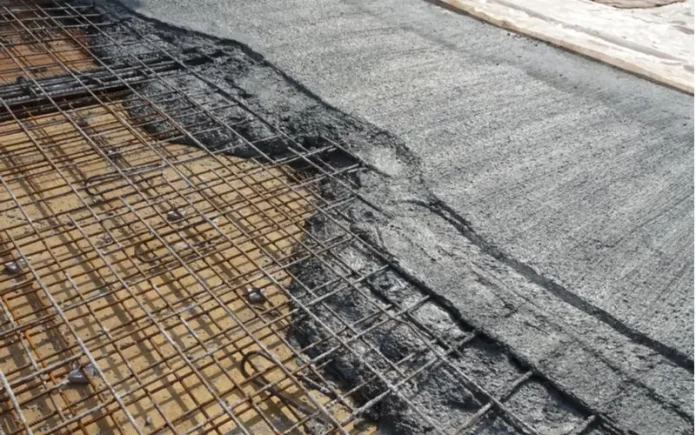Understanding the concrete curing process is crucial for anyone involved in construction or remodeling projects. Concrete curing is not merely a waiting game; it’s a critical, scientifically-backed process that ensures the durability, strength, and longevity of concrete structures. Let’s dive into the essential aspects of concrete curing, including the factors that influence how long it takes for concrete to cure to its full potential.
What is Concrete Curing?
Concrete curing is the process that begins immediately after the concrete is poured. It involves maintaining adequate moisture and temperature levels to allow the cement within the concrete mix to hydrate and harden properly. This step is vital because concrete is initially a mixture of cement, water, and aggregate (such as sand and gravel). As the mix dries, the water evaporates, and the cement undergoes a chemical reaction with the air to harden, forming a robust and durable material. Proper curing is essential; without it, the concrete might dry out too quickly, leading to a weakened structure susceptible to cracks and reduced strength.
Factors Influencing Concrete Curing Time
The duration for concrete to cure fully is influenced by several factors, including temperature, humidity, and the concrete’s thickness. Generally, concrete can be ready for foot traffic within 24-48 hours after pouring, but achieving full strength can take up to several weeks.
Temperature
The temperature significantly affects the curing time. For optimal strength, concrete should cure at temperatures between 50 and 90 degrees Fahrenheit. Outside this range, curing can be compromised: cold temperatures slow down the curing and strength development, while high temperatures can lead to rapid moisture loss and cracking. Techniques such as using insulated blankets or heaters can help maintain an ideal temperature range.
Humidity
Humidity plays a crucial role in the curing process. Ideal humidity levels are between 50 and 70 percent to prevent the concrete from drying too quickly or retaining too much moisture, both of which can adversely affect the concrete’s strength and durability. Utilizing moisture meters can help monitor and adjust humidity levels, ensuring the curing environment is conducive to optimal concrete strength.
Concrete Thickness
The thickness of the concrete slab also influences the curing time. Thicker slabs require a longer time to cure fully compared to thinner ones. For example, a 4-inch slab may take about 28 days to reach full strength, whereas a 2-inch slab could be sufficiently cured in just 7 days.
How to Determine if Concrete Has Cured
To ascertain whether concrete has cured to its full strength, a compressive strength test is often conducted. This test involves taking a core sample from the concrete and measuring its ability to withstand force. This method is a reliable indicator of whether the concrete is ready for its intended use, such as supporting heavy loads or withstanding traffic.
Conclusion
The concrete curing process is a critical component in construction that ensures the material reaches its maximum durability, strength, and longevity. While it may be tempting to expedite this process, allowing concrete to cure properly under the right conditions is essential for the integrity and success of any project. Monitoring and adjusting for temperature, humidity, and accommodating the thickness of the concrete are vital steps in achieving optimal curing. By understanding and respecting the science behind concrete curing, one can ensure that their concrete structures are built to last, embodying the strength and resilience that concrete is known for.




















